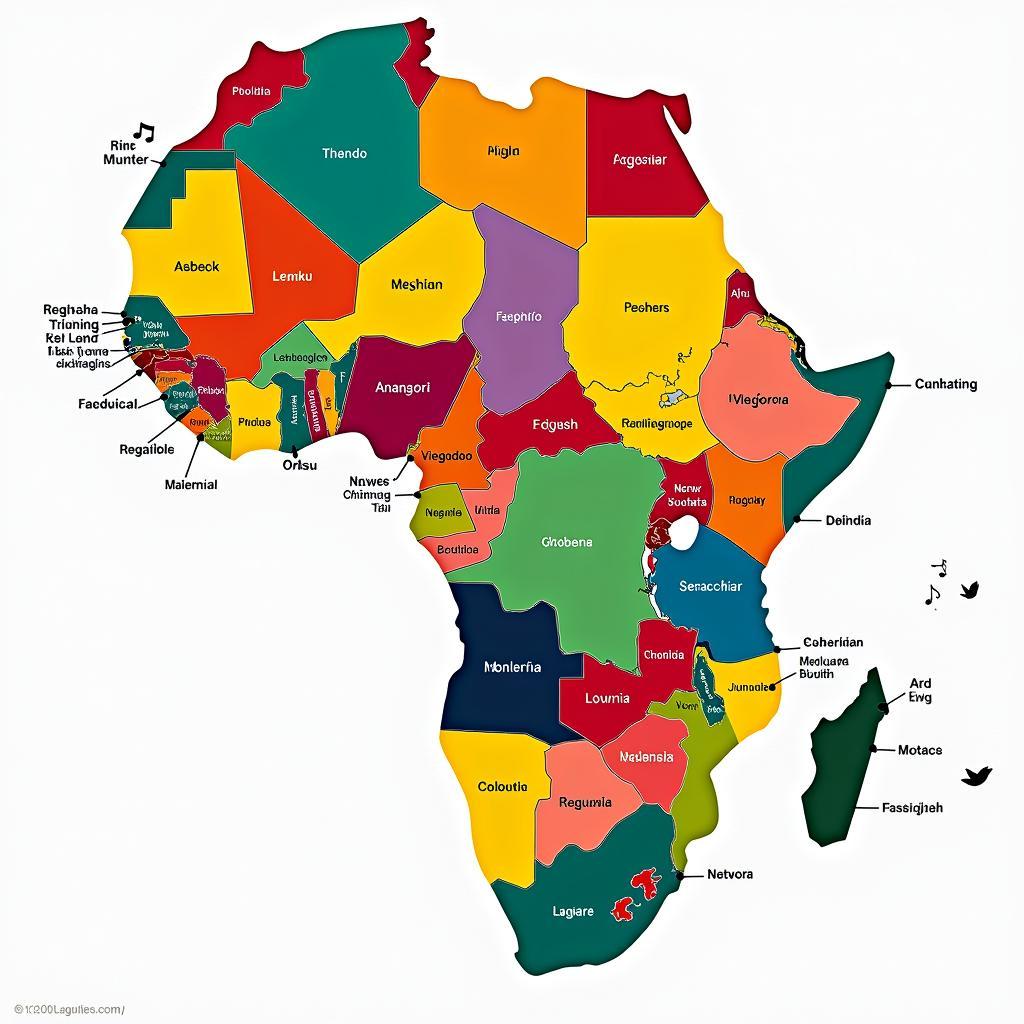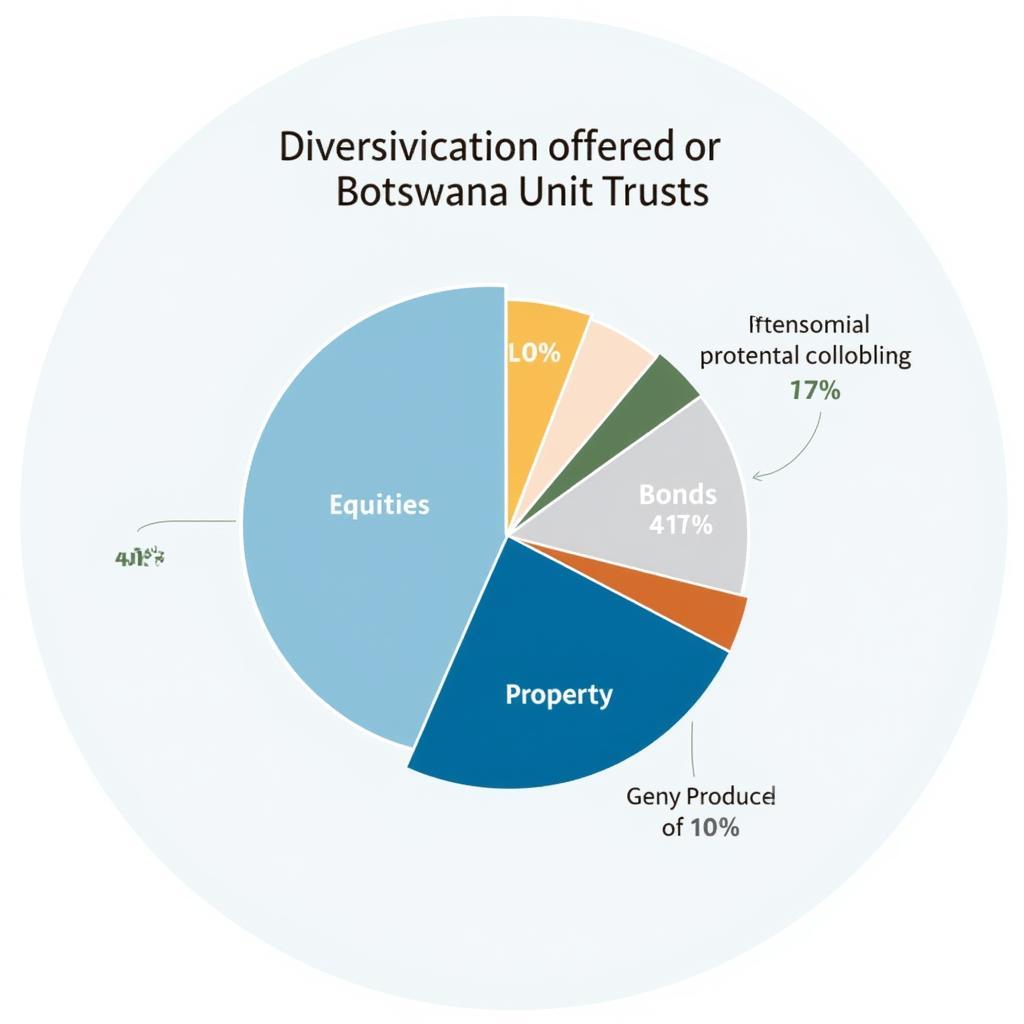African Hairstyles: A Journey Through the Beauty and Diversity of African Hair
African hairstyles are not just about aesthetics; they are deeply rooted in history, culture, and identity. They represent a celebration of the natural beauty of African hair, its versatility, and its ability to convey meaning and stories. This article explores the diverse world of African hairstyles, showcasing the vibrant beauty of African hair and its rich cultural significance.
The History of African Hairstyles
African hairstyles have been around for centuries, evolving alongside the diverse cultures and communities of the continent. From the intricate braids of the Maasai to the elaborate cornrows of the Yoruba, each hairstyle has its unique history and meaning.
Traditionally, African hairstyles served various purposes, including:
- Social status: Certain hairstyles were associated with specific social groups, signifying age, marital status, or tribal affiliation.
- Protection: The harsh African sun and wind necessitate hairstyles that protect the scalp and hair from damage.
- Communication: Hairstyles were often used to convey messages, such as the availability for marriage or the status of mourning.
- Decoration: African women and men have long used hairstyles as a form of adornment, incorporating beads, shells, and other decorative elements.
The Beauty of African Hairstyles
African hairstyles are renowned for their versatility, creativity, and artistic expression. From the simple yet elegant twists to the elaborate and intricate weaves, the possibilities are endless.
Here are some of the most popular African hairstyles:
- Braids: Braiding is a traditional African technique that involves interlacing strands of hair to create various patterns and styles. Braids can be simple or intricate, with different lengths, thicknesses, and variations.
- Cornrows: Cornrows are closely braided hairstyles that lie flat against the scalp, creating a distinct and geometric pattern. They are often adorned with beads, shells, or other decorative elements.
- Twists: Twists involve twisting strands of hair together to create a rope-like texture. They can be styled in a variety of ways, from loose curls to tight coils.
- Locks: Locks are formed by twisting or braiding strands of hair together, creating rope-like strands that can be styled in various ways.
- Afros: The Afro is a symbol of Black pride and natural beauty. It involves letting the hair grow naturally into a voluminous and curly style.
- Weaves: Weaves involve attaching extensions to natural hair to create longer and fuller hairstyles. There are numerous weave styles, from straight to curly to wavy.
- Locs: Locs are a natural hairstyle formed by allowing hair to coil and twist naturally. They can be created by various methods, including twisting, braiding, or palm rolling.
The Cultural Significance of African Hairstyles
African hairstyles are much more than just a fashion statement. They are an integral part of African culture, representing identity, heritage, and tradition.
“African hairstyles are a form of storytelling. Each hairstyle tells a story about our history, our culture, and our identity.” – Amara Mbote, African Hair Stylist
Here are some examples of the cultural significance of African hairstyles:
- The Maasai: The Maasai people of Kenya and Tanzania are known for their intricate braided hairstyles, which are adorned with beads, shells, and other decorative elements. These hairstyles signify age, marital status, and social standing.
- The Yoruba: The Yoruba people of Nigeria are known for their elaborate cornrows, which are often styled in intricate patterns and designs. These hairstyles are considered a symbol of beauty and femininity.
- The Fulani: The Fulani people of West Africa are known for their distinctive hairstyles, which often feature intricate braids and plaits. These hairstyles are considered a symbol of elegance and sophistication.
The Growing Popularity of African Hairstyles
African hairstyles are gaining popularity worldwide, with people from diverse backgrounds embracing the beauty and versatility of African hair. This trend reflects a growing awareness of the cultural significance of African hairstyles and a desire to celebrate diversity.
“African hairstyles are a statement of individuality and self-expression. They allow us to showcase our beauty and our heritage.” – Aisha Njie, Fashion Blogger
The Future of African Hairstyles
The future of African hairstyles is bright, with the potential for even greater creativity and innovation. As the demand for natural hair products and services continues to grow, African hairstylists are pushing the boundaries of style and creativity.
“The future of African hairstyles is exciting. We are seeing more and more people embracing their natural hair and experimenting with new and innovative styles.” – Chukwuma Ogbu, African Hair Salon Owner
African Hairstyles: A Celebration of Beauty and Diversity
African hairstyles are a testament to the beauty and diversity of African hair and culture. They are a source of pride, self-expression, and cultural identity. As we continue to celebrate the beauty and versatility of African hair, we are also honoring the rich history and cultural significance of this vibrant tradition.
FAQ
Q: How long does it take to get an African hairstyle done?
A: The time it takes to get an African hairstyle done depends on the complexity of the style. Simple braids can take a few hours, while more elaborate styles can take several hours or even days.
Q: How do I care for my African hairstyle?
A: African hairstyles require regular maintenance to keep them looking their best. This includes moisturizing the hair and scalp, using the right products, and getting regular trims.
Q: Where can I find an African hairstylist near me?
A: You can find an African hairstylist near you by searching online, asking for recommendations, or visiting local hair salons.
Q: Are African hairstyles suitable for all hair types?
A: Yes, African hairstyles can be adapted to suit all hair types. However, it’s important to choose a style that complements your hair texture and thickness.
Q: How can I style my African hair at home?
A: There are many tutorials and videos available online that can teach you how to style your African hair at home. However, if you’re not comfortable styling your hair yourself, it’s best to consult a professional hairstylist.
Q: What are the different types of African hair?
A: African hair is often classified into four main types: Type 4A, 4B, and 4C, and Type 3C. Each type has a different curl pattern and texture.
Q: What are the most popular African hairstyles for men?
A: Popular African hairstyles for men include:
- Braids: Braids are a versatile and stylish option for men, and can be styled in various ways.
- Locs: Locs are a low-maintenance and trendy option for men, and they come in a variety of styles.
- Twists: Twists offer a textured and stylish look for men, and they can be styled in a variety of ways.
Q: What are some of the best African hair care products?
A: Some of the best African hair care products include:
- Shea butter: Shea butter is a natural moisturizer that is beneficial for all hair types, especially African hair.
- Coconut oil: Coconut oil is another natural moisturizer that is great for African hair.
- African black soap: African black soap is a natural cleanser that is effective at removing dirt and oil from the hair and scalp.
Q: What are some of the best African hair salons in the world?
A: African hair salons are found in all corners of the world, offering a wide range of services and styles. Some of the most popular African hair salons include:
- The Hair Bar in New York City, USA
- The Braid Bar in London, UK
- The Salon in Johannesburg, South Africa
African hairstyles are a symbol of beauty, diversity, and cultural pride. They represent a journey through the rich history and heritage of the African continent. Whether you’re looking for a new hairstyle or simply want to learn more about the beauty and significance of African hair, this article has provided a glimpse into the vibrant world of African hairstyles.


